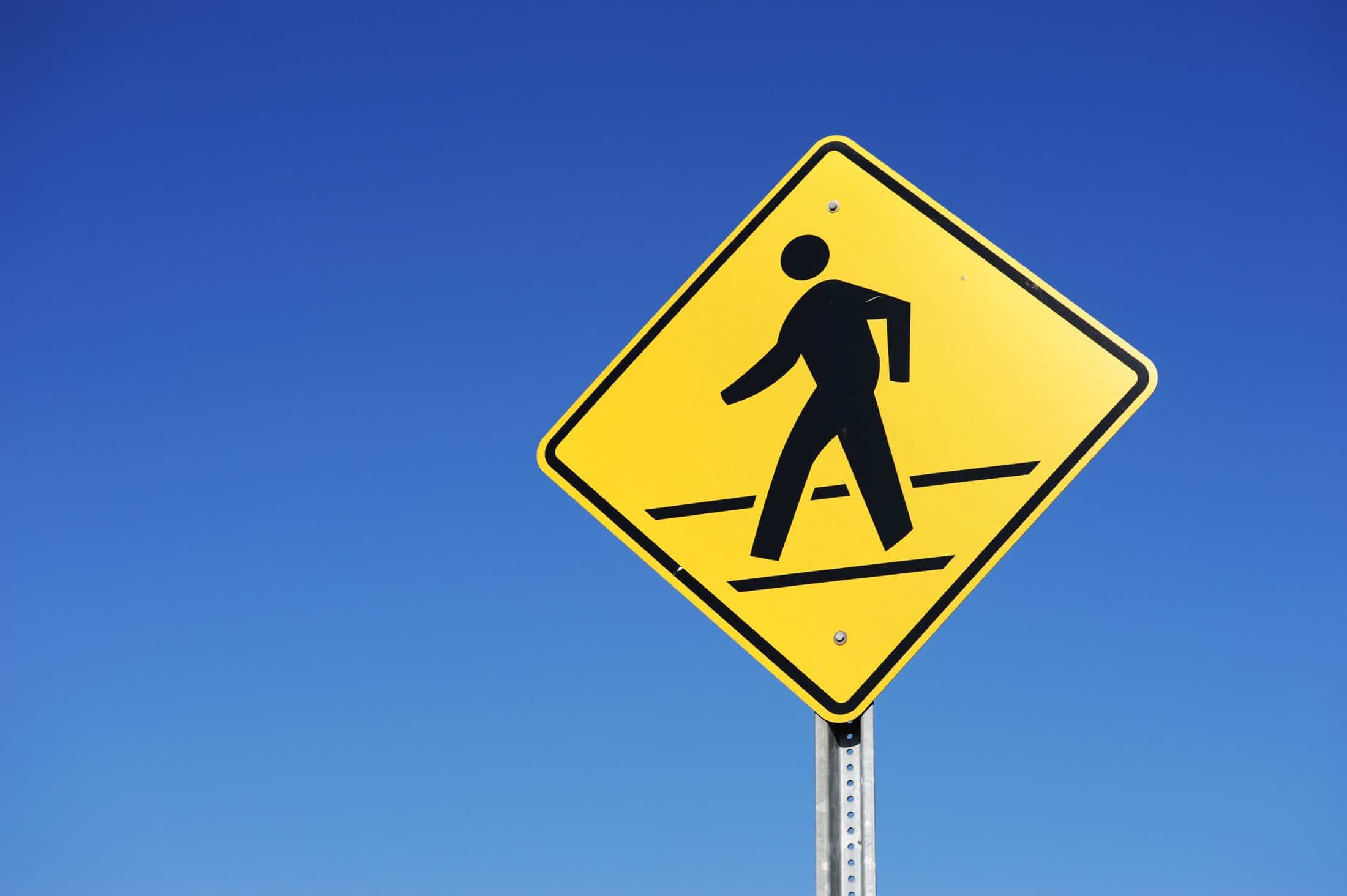Biosciences

Jennifer Bishop
Engineering Lab Technician

Anne Bonifas
Senior Engineer in Research

Kyle Boyle
Senior Engineer in Research

Sheila Ebert
Lead Research Area Specialist

Jingwen Hu
Research Professor

Monica Jones
Associate Research Scientist

Hayoung Jung
Research Fellow

Sujata Khandare
Assistant Research Scientist

Kathleen D. Klinich
Research Scientist

Yang-Shen Lin
Research Engineer, Intermediate

Laura Malik
Research Area Specialist Associate

Miriam A. Manary
Lead Research Engineer

Carl Miller
Lead Engineer

Nichole Ritchie Orton
Engineer, Research Senior

Byoung-keon (Daniel) Park
Associate Research Scientist

Matthew P. Reed
Don B. Chaffin Collegiate Research Professor

Miranda St. Amour
Associate Research Area Scientist

Wenbo Sun
Assistant Research Scientist
The Biosciences team conducts research on the biomechanics of motor vehicle occupants as it relates to occupant injuries, crash protection, and occupant accommodation.
Biosciences researchers use state-of-the-art laboratory testing facilities, computer modeling, and data analysis techniques to conduct a wide range of research. The scope of Biosciences work encompasses these main areas:
- Impact biomechanics
Laboratory studies on human impact responses, injury mechanisms, and injury tolerance. - Human body modeling
Parametric human modeling to account for morphological and biomechanical variations among various vulnerable populations, such as females, elderly, children, and people with obesity. - Engineering anthropometry and vehicle ergonomics
Extensive volunteer testing to characterize posture, motion, and body shape during interactions with vehicles, seats, and other systems. - Safety design optimization
Develop experimental, computational, and AI-based methods to optimize vehicle safety systems, incorporating human variability across a diverse population. - Crash data analysis
Identifying mechanisms involved in motor vehicle injuries and evaluating the performance of occupant protection systems. - Integrated safety
Research on the interaction between vehicle active and passive safety systems, including occupant pre-crash behavior and advanced driver assistance systems to improve overall crash protection in real-world scenarios. - Artificial intelligence in biomechanics and safety
Application of machine learning techniques to analyze large-scale biomechanical data, predict injury risk, model occupant behavior, and enhance the design and evaluation of safety systems.